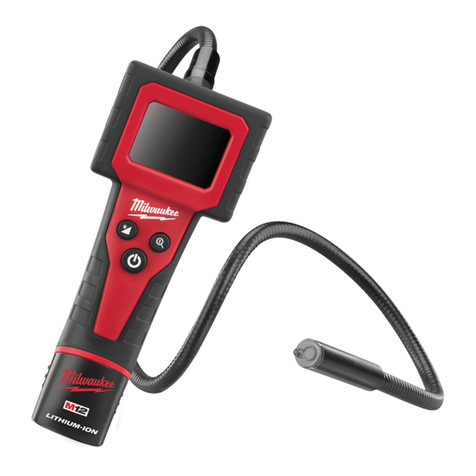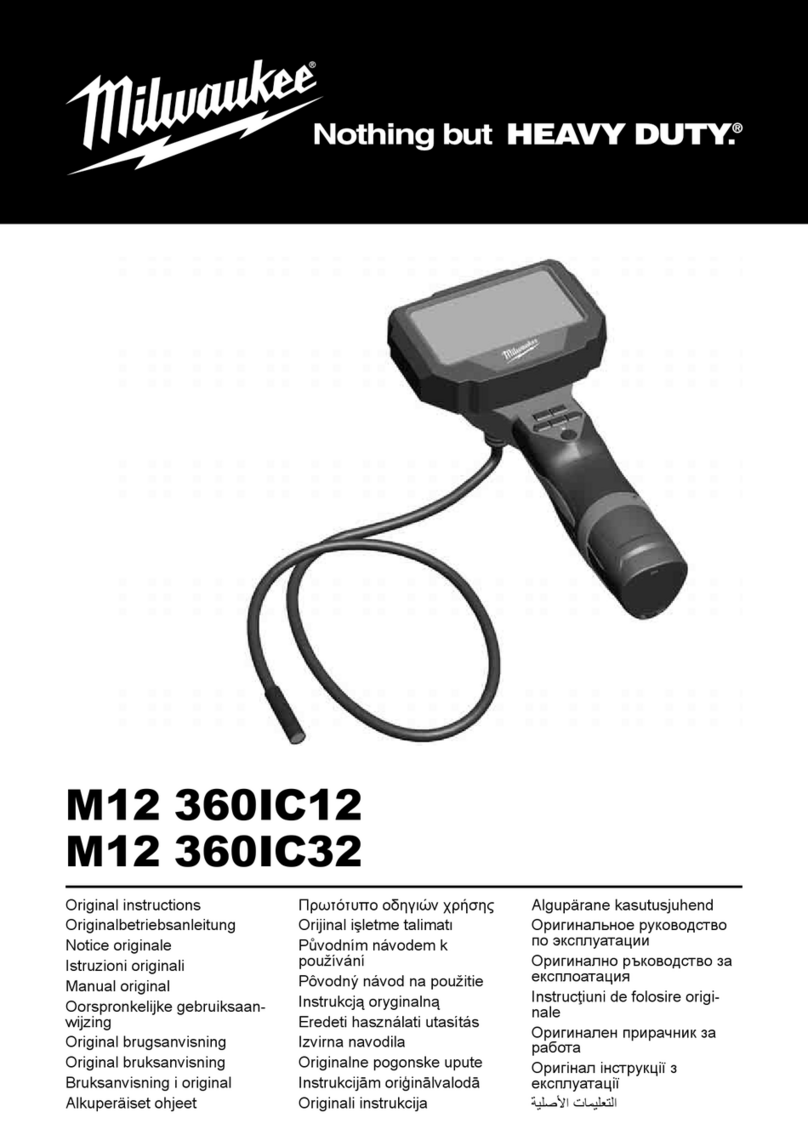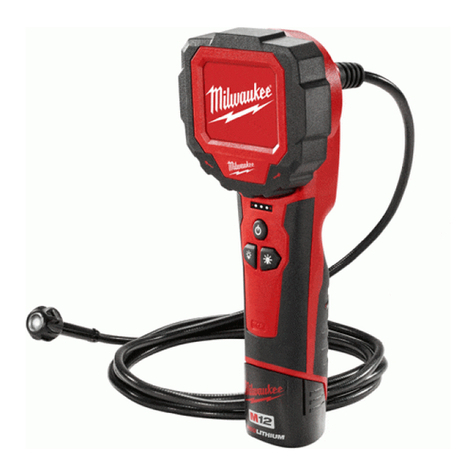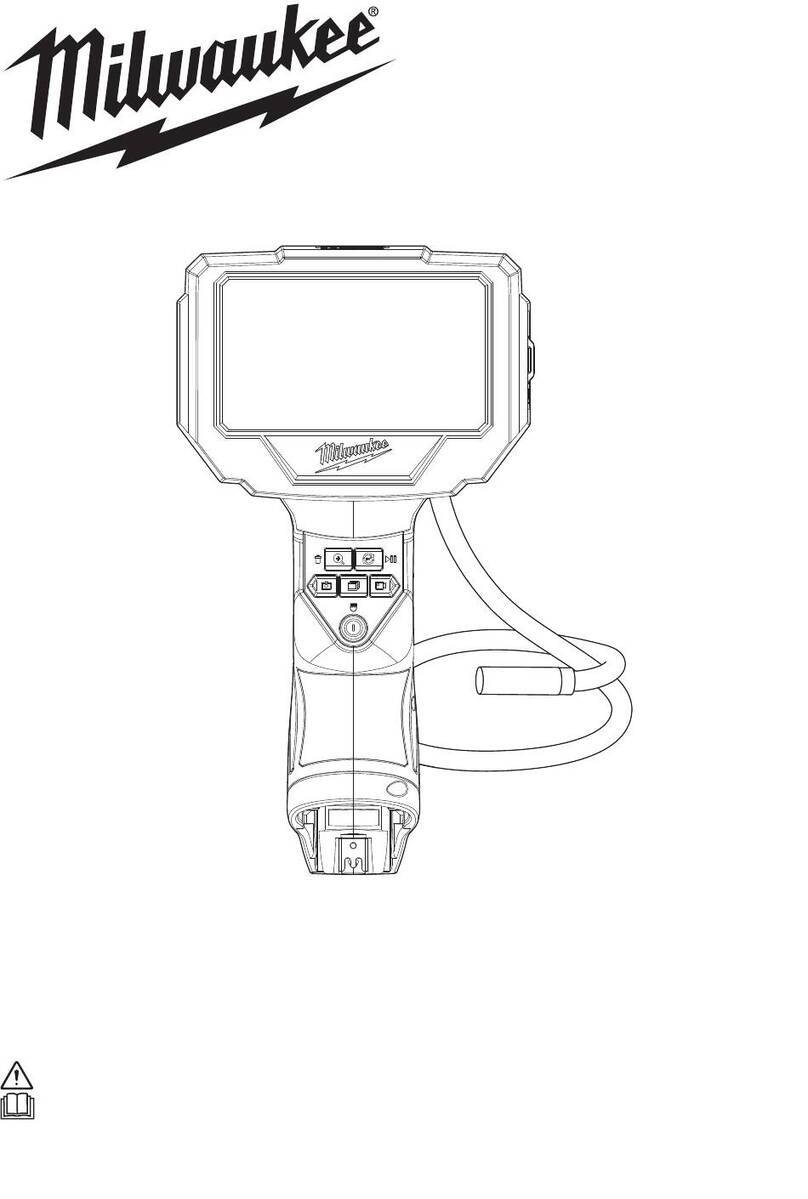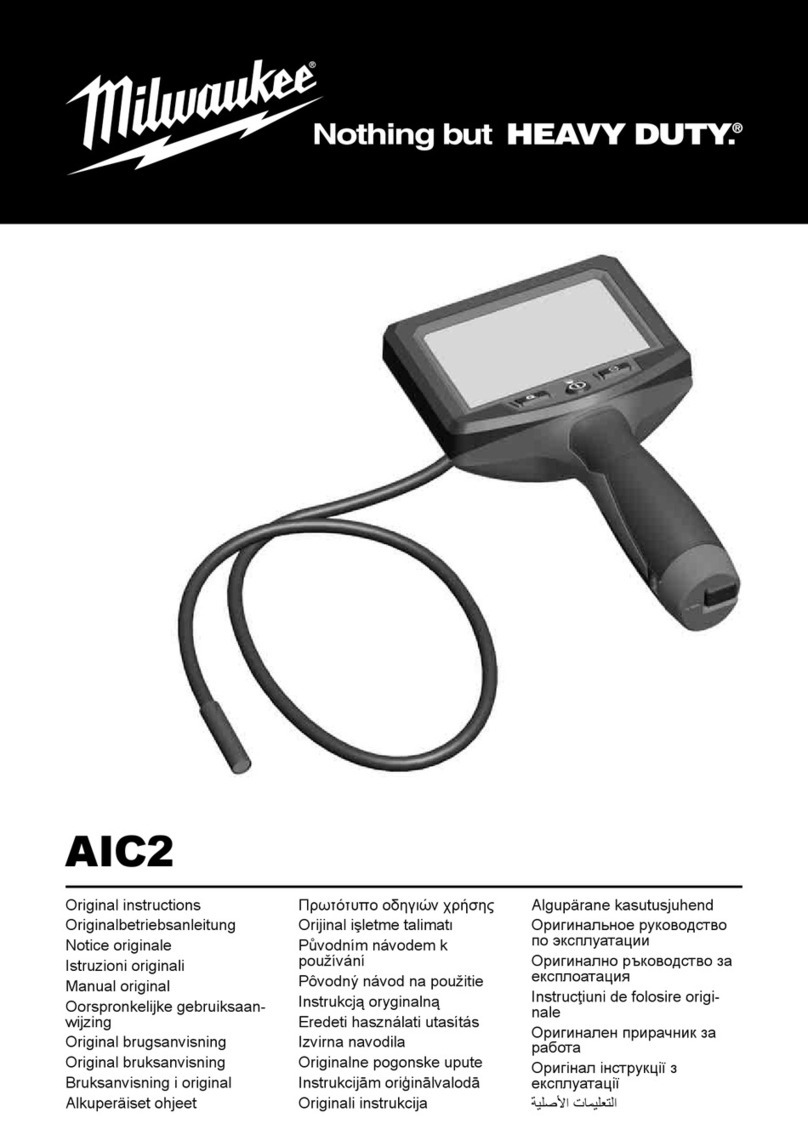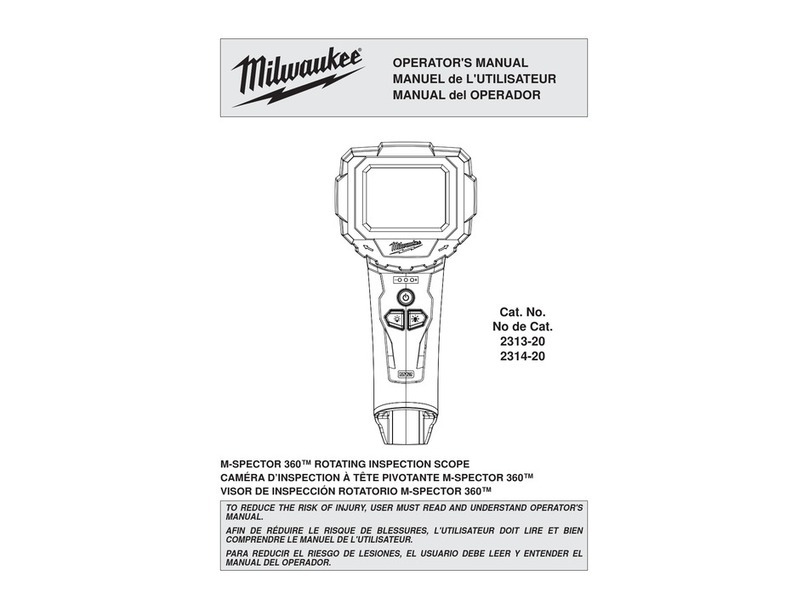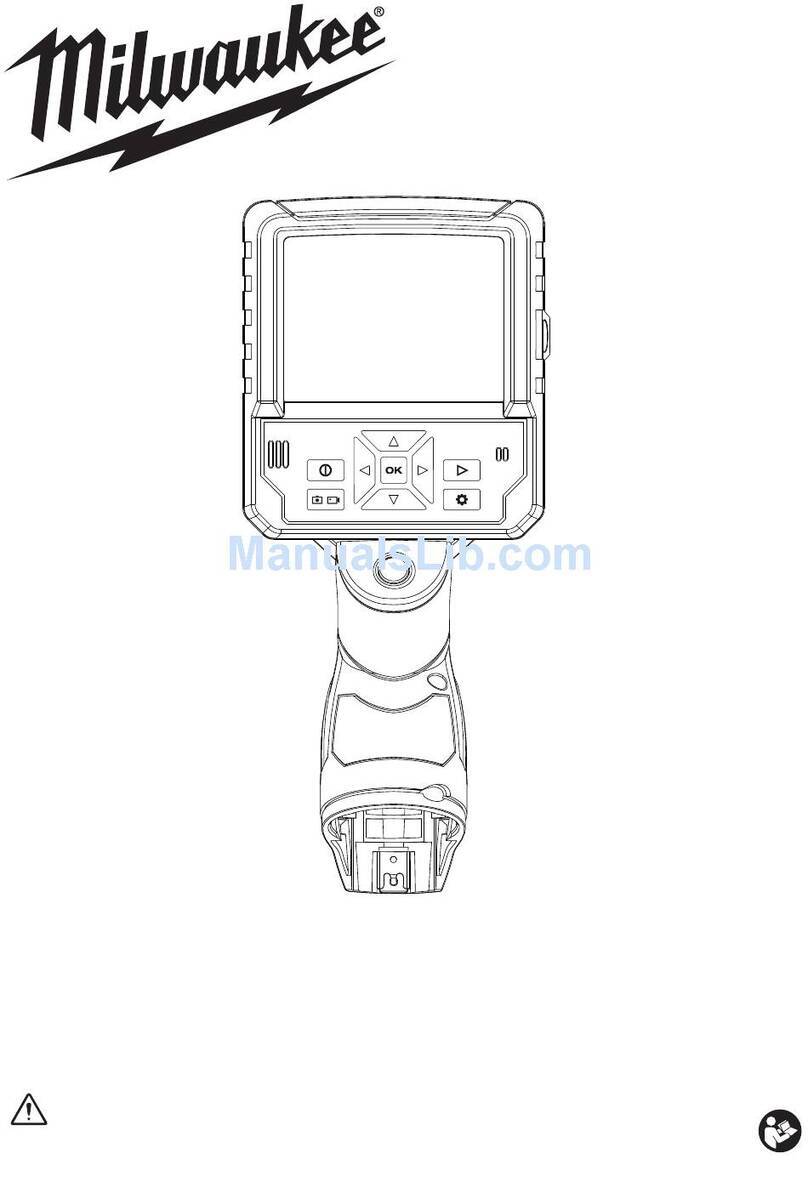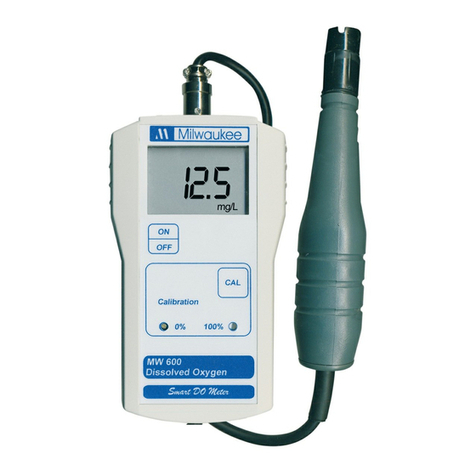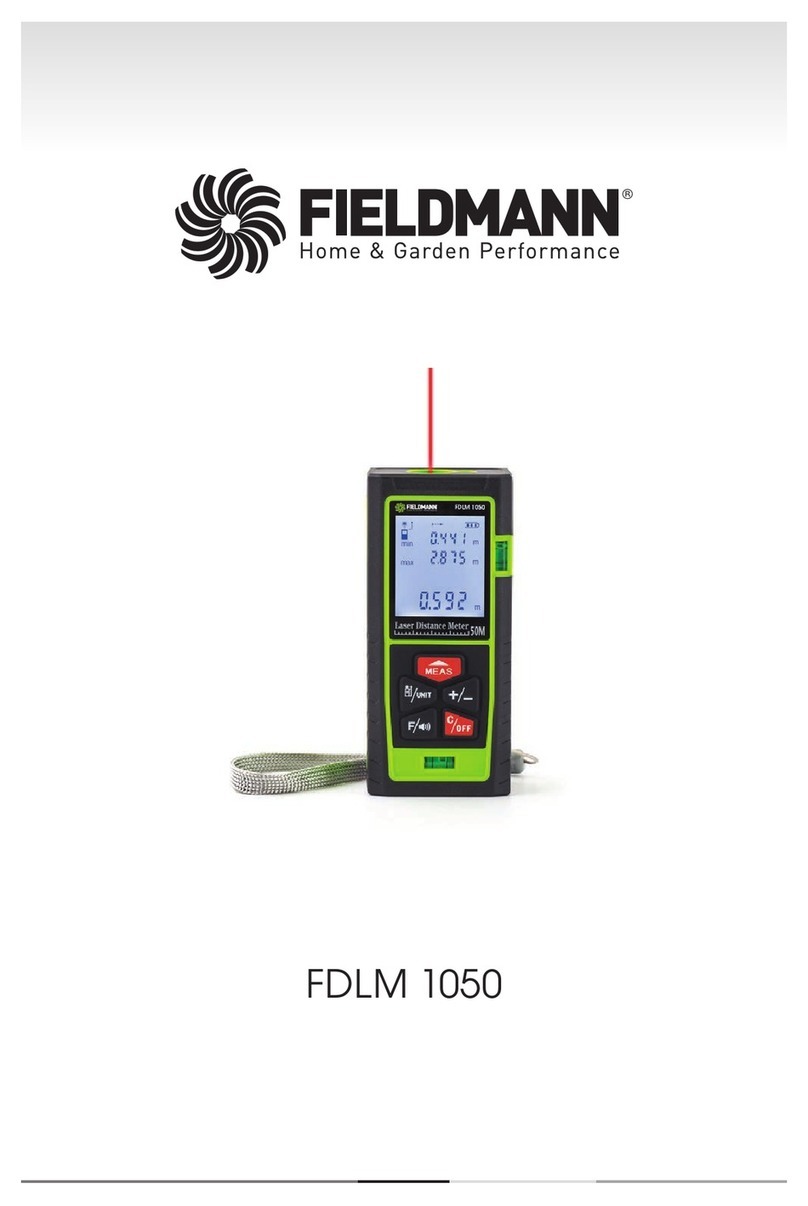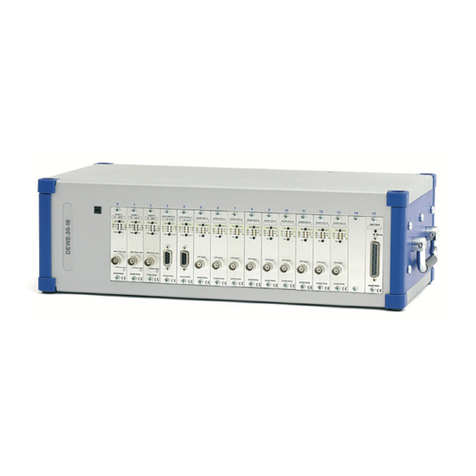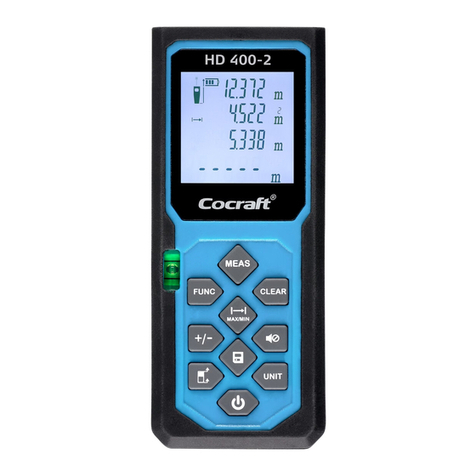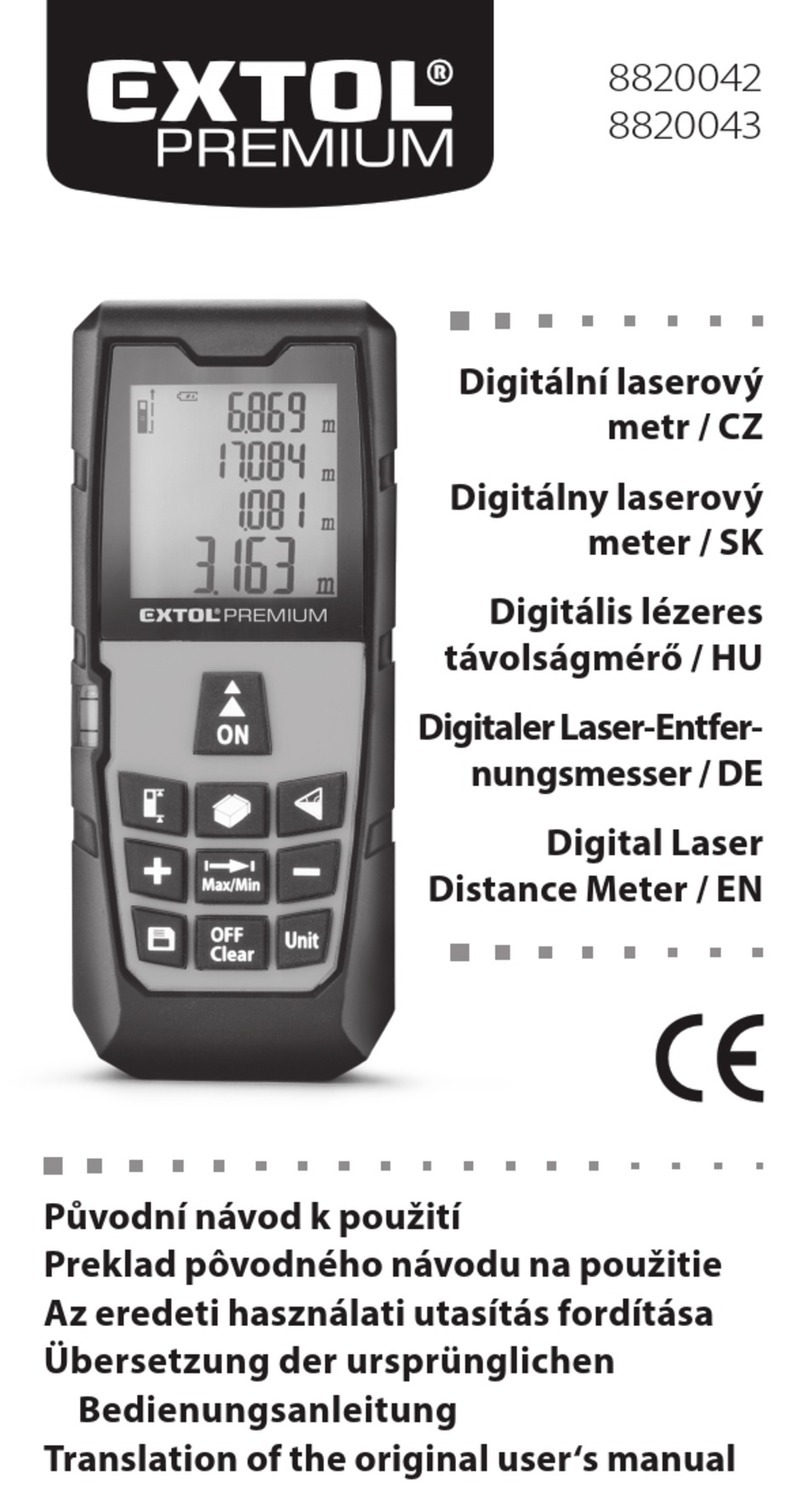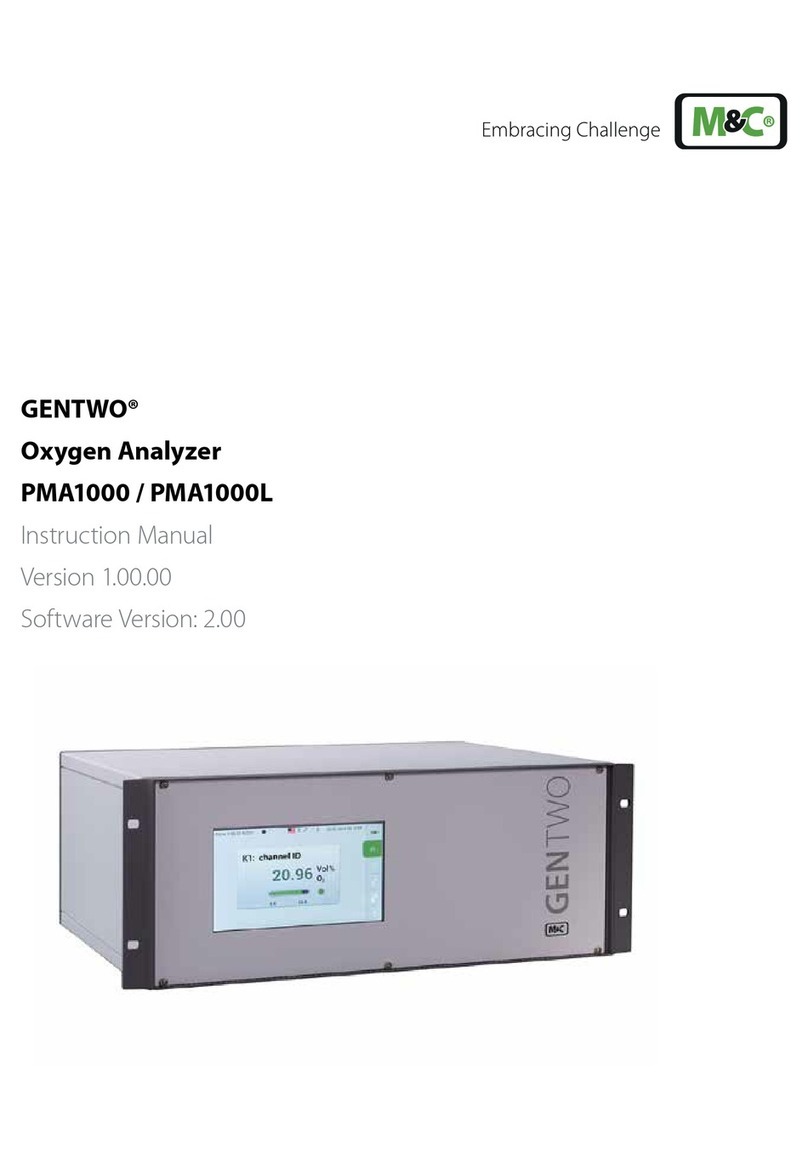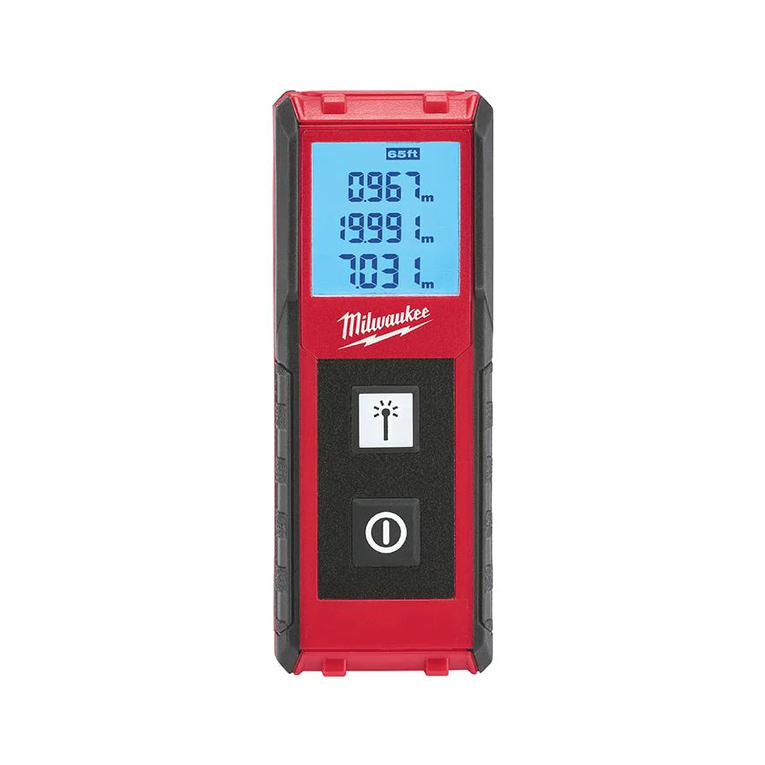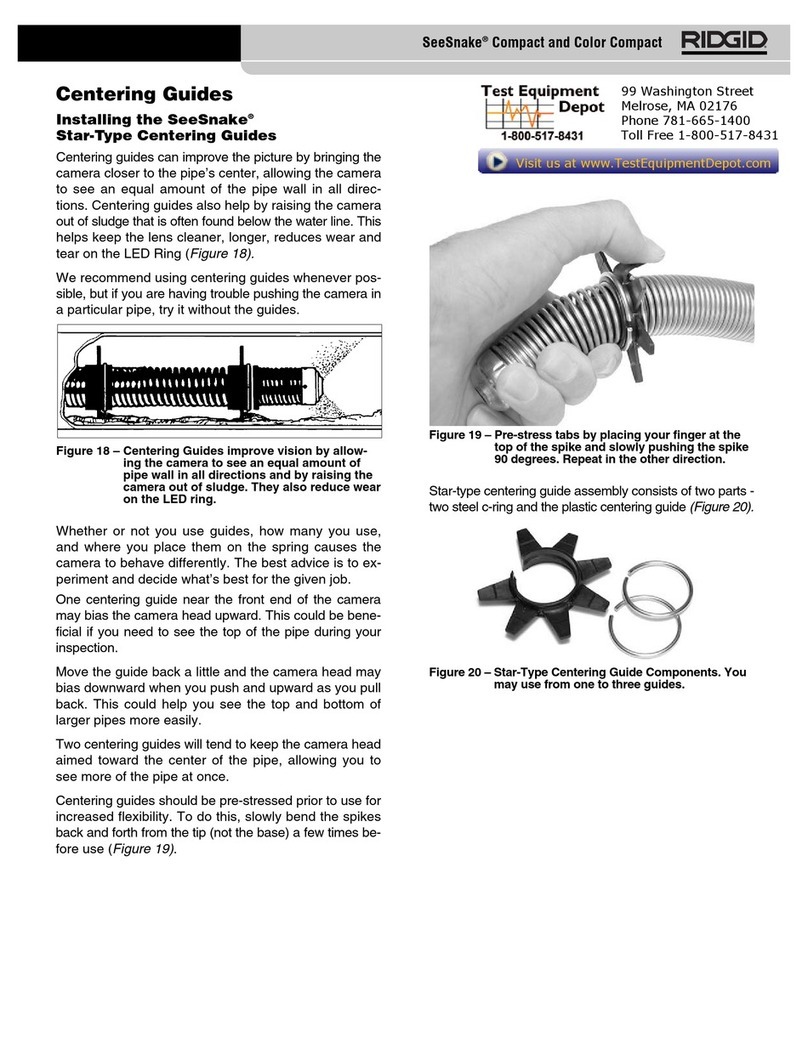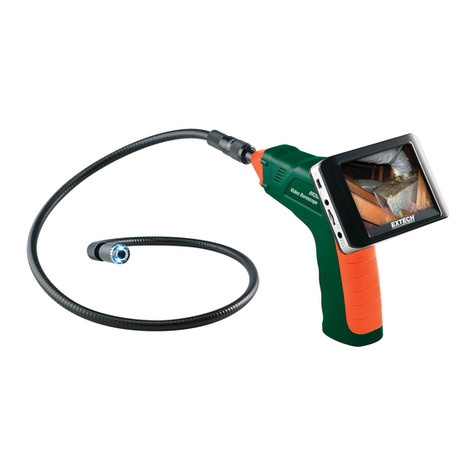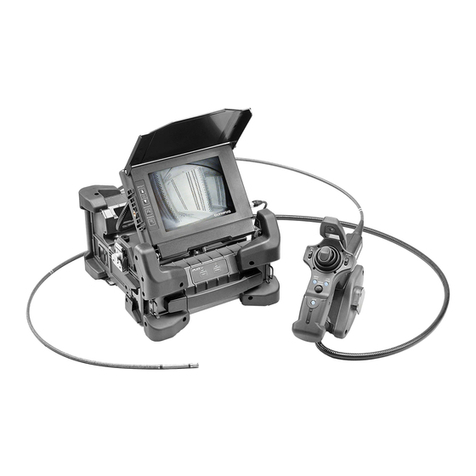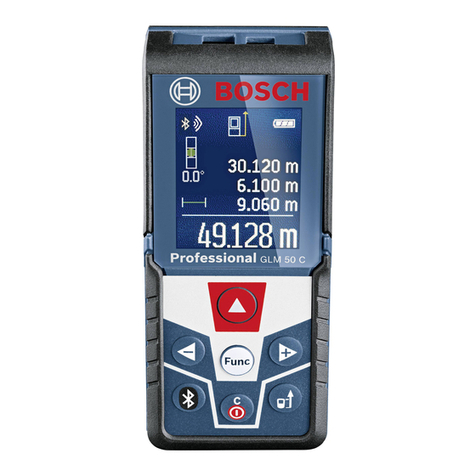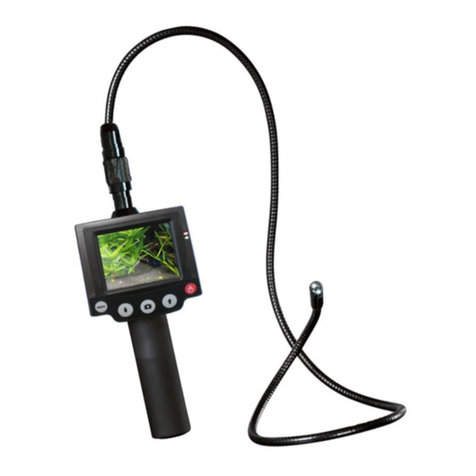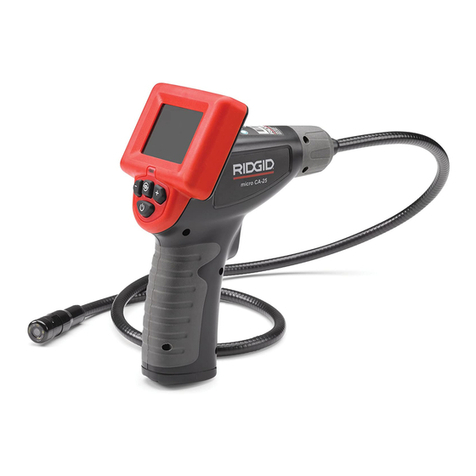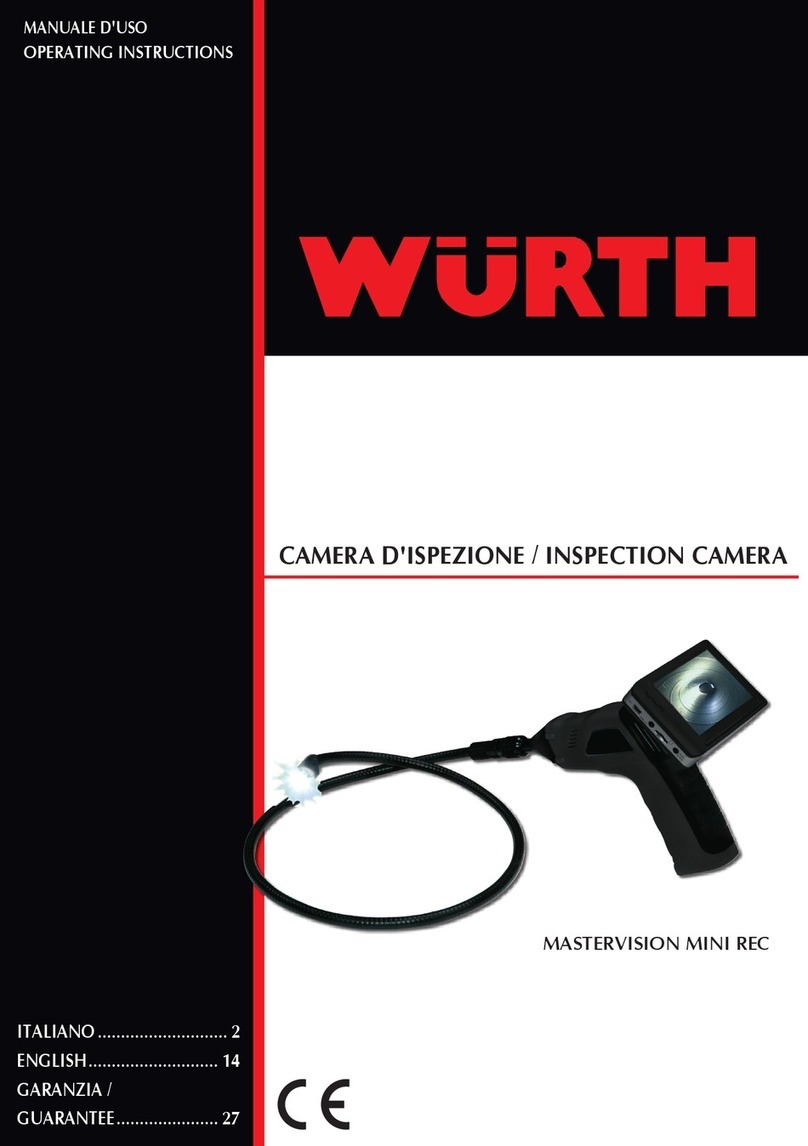2 3
WORK AREA SAFETY
ELECTRICAL SAFETY
PERSONAL SAFETY
WARNING
READ ALL INSTRUCTIONS. FAILURE TO FOLLOW ALL INSTRUCTIONS.
Failure to follow the warnings and instructions may result in electric shock, fire
and/or serious injury.
Save all warnings and instructions for future reference
GENERAL POWER TOOL SAFETY WARNINGS
•Keep work area clean and well lit. Clut-
tered or dark areas invite accidents.
•Do not operate power tools in explosive
atmospheres, such asin thepresence of
flammable liquids, gases or dust. Power
tools create sparks which may ignite the
dust or fumes.
• Do not operate power tool in an area
where it could contact electrical wir-
ing or an electrically charged object.
Contact with a “live” wire or object will
make exposed metal parts of the tool
“live” and shock the operator.
• Do not operate power tool near moving
machinery. The cable can be tangled in
movingparts, pulling inthe power tooland
your hands and arms.
• Do not use near any heat sources such
as radiators, heat registers, stoves, or
other apparatus (including amplifiers) that
produce heat.
• Keep children and bystanders away
while operating a power tool. Distrac-
tions can cause you to lose control.
• Do not expose power tools to rain or
wet conditions. Water entering a power
tool will increase the risk of electric shock.
Dry hands before turning tool on or off and
before removing or installing the battery
pack.
•Stay alert, watch what you are doing
and use common sensewhen operating
a power tool. Do not use a power tool
while you are tired or under the influ-
ence of drugs, alcohol or medication.
A moment of inattention while operating
power tools may result in serious personal
injury.
POWER TOOL USE AND CARE
• This Visual Inspection Camera is not
intended for medical use or personal
inspection.
• Store idle power tools out of the reach
of children and do not allow persons
unfamiliar with the power tool or these
instructions to operate the power tool.
Powertools are dangerousin the handsof
untrained users.
• Maintain power tools. Check for mis-
alignment or binding of moving parts,
breakage of parts and any other condi-
tion that may affect the power tool op-
eration. Do not useif powertool smokes
or gives off fumes. If damaged, have the
power tool repaired before use. Many
accidentsare causedby poorlymaintained
power tools.
• Use the power tool, accessories and
tool bits etc., in accordance with these
instructions, taking into account the
working conditions and the work to
be performed. Use of the power tool for
operations different from those intended
could result in a hazardous situation. Only
useaccessories specificallyrecommended
for this tool. Others may be hazardous.
• Clean only with dry cloth. Certain clean-
ing agents and solvents are harmful to
plasticsand other insulatedparts. Someof
theseinclude: gasoline,turpentine, lacquer
thinner, paint thinner, chlorinated clean-
SERVICE
• This tool is designed to be powered by
a 12 volt MILWAUKEEbattery pack (Cat.
No. 48-11-2401). Do not attempt to use
with any other voltage or power supply.
• Recharge only with the charger speci-
fied by the manufacturer. A charger that
issuitable for onetype ofbattery pack may
createa risk offire whenused withanother
battery pack.
• Use power tools only with specifically
designated battery packs. Use of any
other battery packs may create a risk of
injury and fire.
• When battery pack is not in use, keep it
away from other metal objects like paper
clips, coins, keys, nails, screws, or other
small metal objects that can make a con-
nection from one terminal to another.
Shorting the battery terminals together may
cause burns or a fire.
• Under abusive conditions, liquid may
be ejected from the battery, avoid
contact. If contact accidentally occurs,
flush with water. If liquid contacts eyes,
additionally seek medical help. Liquid
ejected from the battery may cause irrita-
tion or burns.
BATTERY TOOL USE AND CARE
SPECIFIC SAFETY RULES
ing solvents, ammonia and household
detergents containing ammonia. Clean
dust and debris from vents. Keep the ap-
paratus handle clean, dry and free of oil or
grease.
• Always remove the battery pack before
cleaning.
• Use personal protective equipment.
Always wear eye protection. Protective
equipment such as dust mask, non-skid
safety shoes, hard hat, or hearing protec-
tion used for appropriate conditions will
reduce personal injuries.
• Do not overreach. Keep proper footing
and balance at all times. This enables
better control of the power tool in unex-
pected situations.
• Contact a MILWAUKEE service facility
for ALL repairs. Have your power tool
serviced by a qualified repair person
using only identical replacement parts.
Thiswill ensurethat thesafety ofthe power
tool is maintained.
• Never disassemble the power tool or try
to do any rewiring on the power tool's
electrical system.
• Maintain labels and nameplates. These
carry important information. If unreadable
ormissing, contacta MILWAUKEE service
facility for a free replacement.
Federal
Communications
Commission
• WARNING: Changes or modifications to
thisunitnot expresslyapprovedby theparty
responsible for compliance could void the
user’s authority to operate the equipment.
Use of shielded cable is required to comply
with Class B limits in Subpart B of Part 15
of the FCC rules.
Operation is subject to the following two
conditions:
1.This device may not cause harmful inter-
ference.
2.This device must accept any interference
received including interference that may
cause undesired operation.
Thisequipment hasbeen testedand found
tocomplywith the limitsfor a Class Bdigi-
tal device, pursuant to Part 15 of the FCC
Rules. These limits are designed to pro-
videreasonable protectionagainst harmful
interference in a residential installation.
This equipment generates, uses and can
radiate radio frequency energy and, if not
installed and used in accordance with the
instructions, may cause harmful interfer-
ence to radio communications.
However, there is no guarantee that inter-
ference will not occur in a particular instal-
lation.Ifthisequipmentdoes causeharmful
interferenceto radioortelevision reception,
which can be determined by turning the
equipment off and on, the user is encour-
aged to try to correct the interference by
one or more of the following measures:
• Reorient or relocate the receiving an-
tenna.
• Increase the separation between the
equipment and receiver.
• Consult the dealer or an experienced
radio/TV technician for help.
Use of shielded cable is required to comply
with Class B limits in Subpart B of Part 15
of the FCC rules.
Cat. No.
2310-21
Volts
12 DC
Specifications
